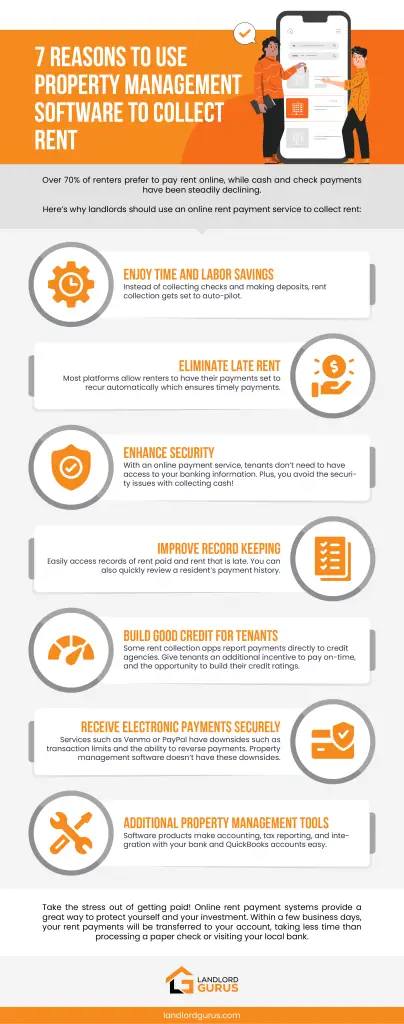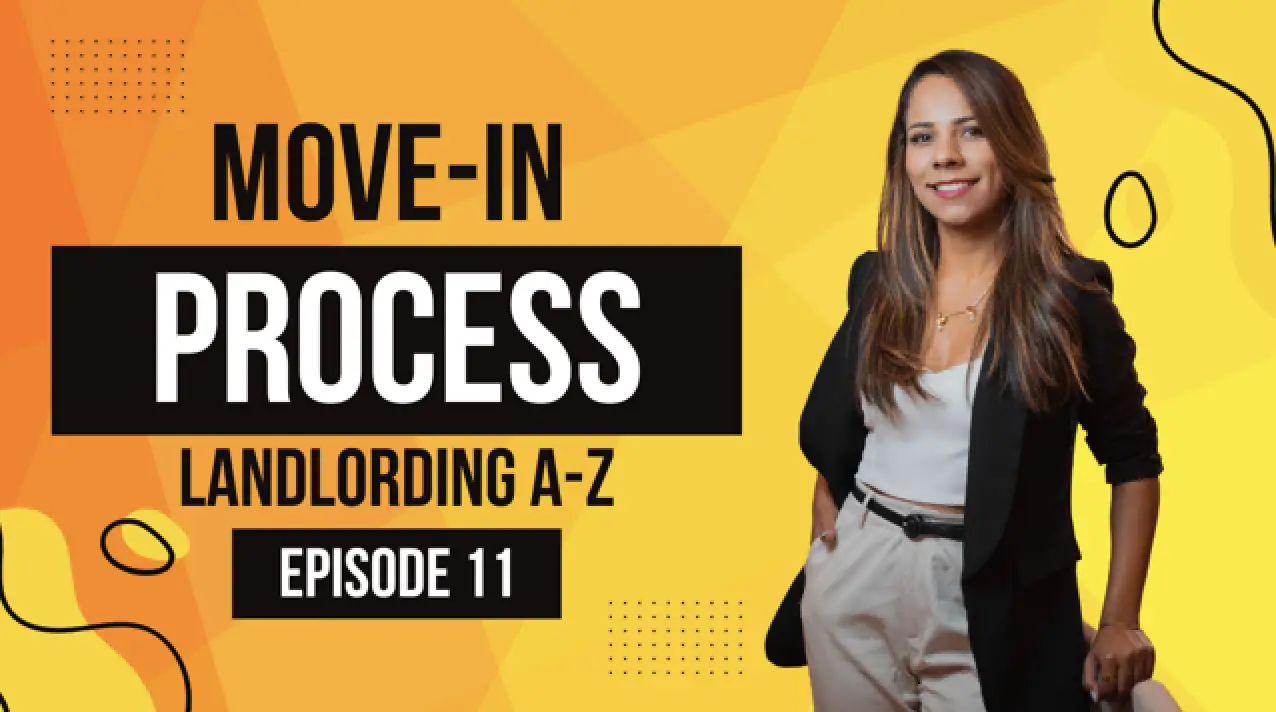In previous episodes, we’ve gone over the process of getting a lease agreement signed. Now, it’s time for your tenant to move in. What does this look like, and how should you prepare? In this installment of Landlording A-Z, we’ll talk about the move-in process, including walk-through inspections, collecting deposits and move-in fees, and key management and handover. Below is a brief rundown. See the complete episode for more information.
Walk Through (or Move-in) Inspections
A move-in inspection is an inspection of the property that both landlord and tenant participate in. Both parties can inspect and document the condition of the property when the tenant takes possession. In some places, this is mandatory if you are collecting a security deposit (which you should be) and a property condition report is included in the lease. Even if it’s not mandatory, we recommend doing an inspection to avoid any kind of dispute.
During a move-in inspection, the condition of the property — floors, appliances, paint, etc — is recorded so that you can compare when the tenant moves out. This acts as documentation should you need to deduct expenses from their deposit to repair things down the road. To note, normal wear and tear is not deducted from deposits, just damages caused by the tenant.
It is also good practice to take lots of photos and/or videos of everything. Be sure to send copies to the tenant so you both have a record of the before and after conditions. Written notes such as “scuff on floor in kitchen” are too general and hard to remember a year or more later. Property management software that includes file storage is a great way to keep photos and documents that both you and your tenants can access.
We recommend giving the inspection checklist to the tenant at move-in and letting them fill in anything they find. It might not be practical to spot everything during the initial walk-through.
This initial walk-through inspection is also a good time to let them know of various “house rules” or other things to note or take care of if you haven’t already. For example, where the breakers are, or where the garbage goes, what the quiet hours are, how to contact you in case of emergencies, etc.
Collecting Deposits and Move-in Payments
In a previous episode, we talked about collecting a deposit for the tenant to secure the property before they move in, which allows you to take the property off the market and stop showing. If you have done so, maybe this then becomes all or part of the security deposit, or goes towards rent.
Either way, now is the time to collect the remaining move-in costs. This would include the first month’s rent. We also require last month’s rent as well. In some places, you must allow tenants to pay this in installments if they request it. Take note of any limitations in your area about how much these move-in costs can legally be. It may be limited to no more than one or two month’s rent.
How to Collect Deposits, Fees, and Rent
Our favorite way of collecting deposits, fees, and rent is through online rent collection, particularly using property management software. Ensure that it is set up with enough time that they can get payment sent and processed in advance before you hand over the property.
If the tenant is using a check, have them come to the move-in with the correct amount in the form of a check. A cashier’s check is safest so you know the money is there. A personal check could possibly bounce a few days down the road after they have moved in.
We have collected cash in the past, but would not recommend it. Instead, we suggest using a cashier’s check.
![]() Also Read: The Best Online Rent Payment Service for Small Landlords
Also Read: The Best Online Rent Payment Service for Small Landlords

Keys
Finally, you give them the keys and the property is now theirs to occupy. It may be a good idea to also give them a spare that they keep hidden or give to a friend in case they lose theirs or get locked out. However, this can be problematic, as accounting for keys may get tricky. Therefore, key management is crucial. Some places require that you change locks between tenants and many recommend doing so. Instead, a possible solution is a keyless entry system.
Takeaway
When doing move-in inspections, take the time to document everything. We recommend also utilizing photos and videos. Be sure that you know the rules and procedures for collecting upfront payments. What can you collect? How much can you collect? Make sure you collect that money before turning over the property and giving them the keys (or codes).

Landlording A-Z Series:
Our Landlording A-Z series will walk you through each of the stages, tasks, and issues involved in rental real estate investing. In our next installment, we’ll discuss routine maintenance.




